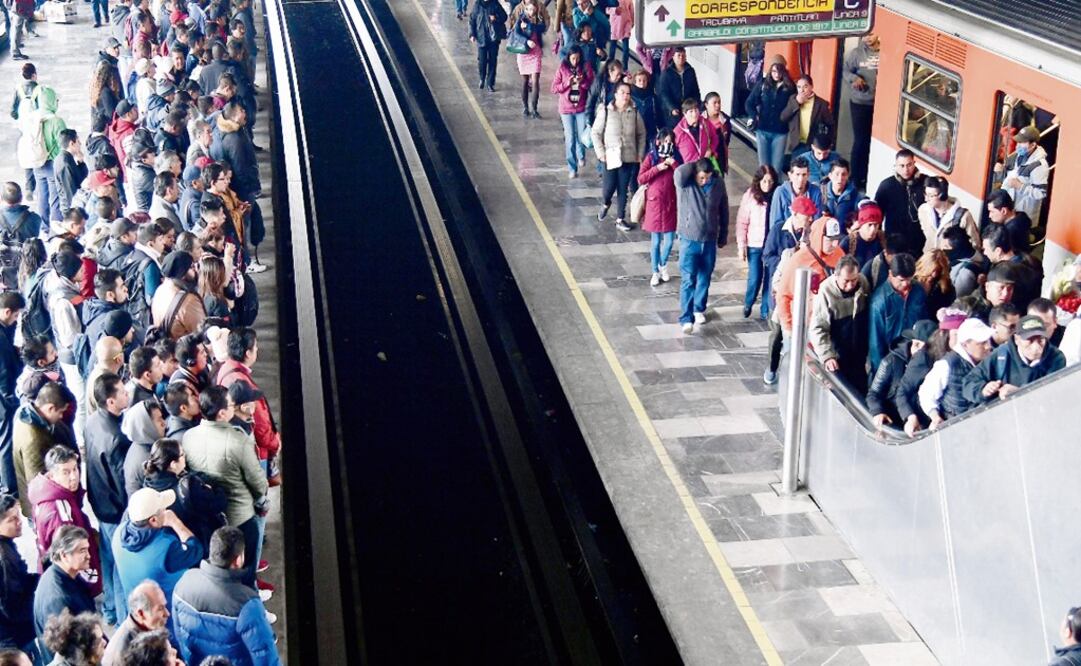Más Información

Prevén fin de semana con frío, viento y lluvias en gran parte del país por frente frío 24; el número 25 llegará la madrugada del lunes

Cae Jesús Caballero, excolaborador de Genaro García Luna; es acusado de lavado de dinero, delincuencia organizada y peculado

José Ramón López Beltrán no tiene que rendir cuentas a nadie, defiende Noroña; heredero de AMLO es un “buen hombre”, asegura
In regards to public transport , on average, Mexicans spend 90 minutes in Mexico City's metro and buses. This places the city in the first place where citizens spend the majority of their time trapped in transport , only after Sao Paulo and Bogotá , according to Moovit 's Global Usage of Public Transport Report.
In regards to drivers , 53 out of 100 drivers in Mexico City have at least one vehicle and in 68% of cases, the driver is unaccompanied, according to the Inegi .
On average, a Mexican spends 17% of their salary on transport : bus fees, metro tickets, and car maintenance . Meanwhile, they only spend 2.7% of their salary on their health.
Besides the long journeys, Mexican families face other issues: the increase in fuel prices ; therefore, purchasing fuel has become an issue for low-income Mexicans .
According to the OECD , an average Mexican has to invest 25% of their daily wage to purchase 10 liters of gas, which is around MXN $200 per day, compared to people in the U.S ., who only spend 2% of their daily wage on the same amount of gas. Also, from all the countries that are part of the OECD , Mexico is the country with the highest fuel prices.
And the panorama doesn't look very promising, as fuel has increased over MXN $10 in the last 10 years. Numbers from Pemex show that the price of fuel per liter in 2012, at the beginning of Peña Nieto's administration , was MXN $11.37 but now it costs MXN $20.71.
Therefore, the time spent trapped in traffic , the increase in fuel prices and the low wages were the reasons why the app Waze Driver released a study, where it considered the experiences of millions of drivers in 38 cities in the world.
Mexico City
was given a 1.2 review, which means drivers said their experience was “ miserable ” and the result placed Mexico on the 4th place on the list of the world's worst cities to transit, only after Manila, Jakarta, and Bogotá.
gm
Noticias según tus intereses
[Publicidad]
[Publicidad]












